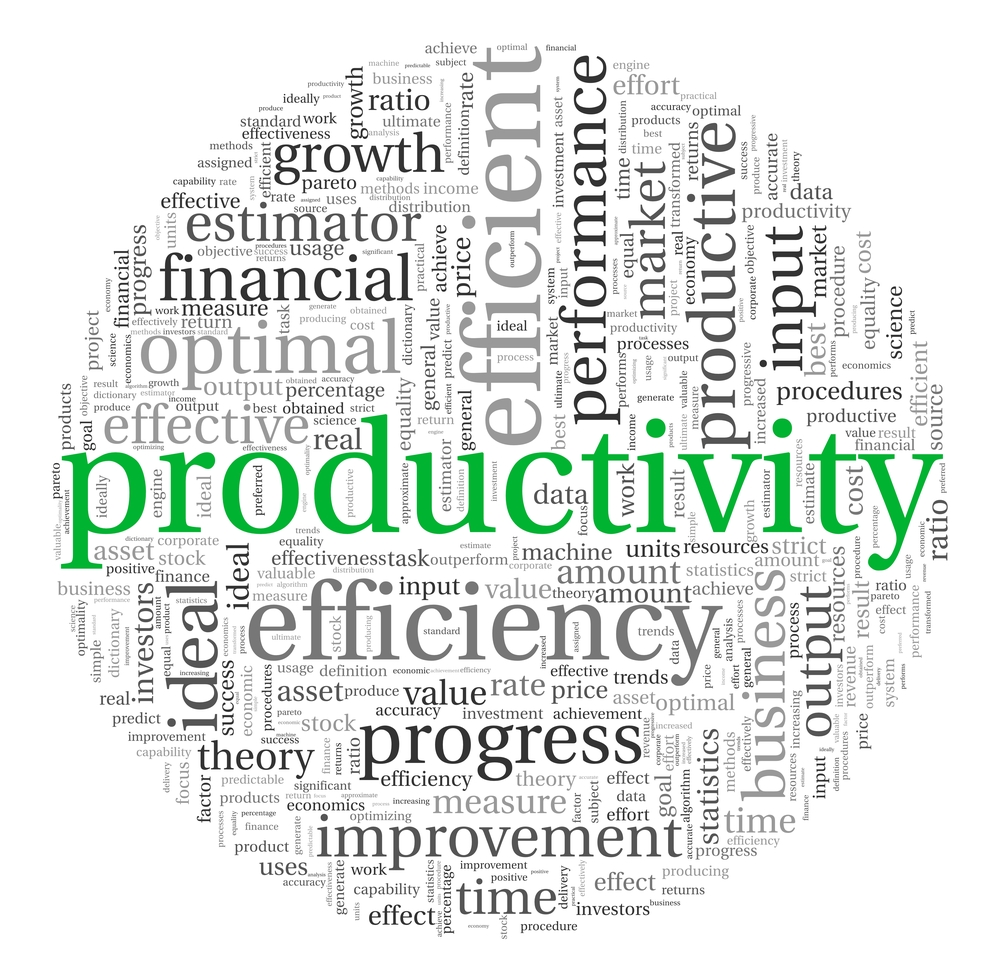For years, I’ve worked in a “Work till no more” approach, which is:
- Start to work.
- End when you’re done, or you cannot work no more since your vital urges.
Then I somehow saw that “Pomodoro” technique. After reading about it thoroughly, I started to implement it to my workplace, and it worked out great.
In this article, I will talk about what is pomodoro, how to implement it and my own personal experience with it.
What is pomodoro?
Pomodoro is a well-known technique to improve productivity. Pomodoro is Italian for “Tomato” and the name comes from the iconic timer in the shape of a tomato. Here is how it works in a nutshell:
- Plan your works into pomodoro-pieced work items.
- Set the timer for a pomodoro time (20-25 minutes by default)
- Work
- Pomodoro rings
- You take a short break (Like 5 minutes)
- Repeat from step 2.
- After every 4 pomodoros, take a longer break (Like 20-30 minutes.)
How to implement pomodoro?
You will either purchase a timer(doesn’t need to be a pomodoro.), use a timer in your computer(could be web-based or a desktop application), or you may use your phone’s timer. I do not recommend the last one since the phone may be the perfect interruption during pomodoro.
I, personally, use my gtk-pomodoro timer, which I developed in 5 minutes. See it at here.

Do I recommend it?
Abso-fucking-lutely! Here’s why:
Pomodoro prevents interrupt-driven concentration breakers.
With the help of understanding colleagues, pomodoro may turn you into a concentration machine. When you focus on a task, you are undivided like a rock. What you can do is to use an indicator for specifying whether you’re in a pomodoro or not. I use a plastic slinky for this. If the slinky is on my keyboard or I’m playing with it, I’m not on pomodoro and open for interrupts. If not, I’m on the zone and cannot be touched. Like I say, you need respecting folks to achieve this.
Helps you about wrong estimations.
If you’re using waterfall as project management approach, your deadlines are probably months away from each other. Or if your choice is an agile method, it is probably two or more deadline per day. If you’re using pomodoro, your deadlines are 30 minutes away from each other! Better estimations happen on missed ones, and it is better to miss half an hour instead of a month, or a day. Be sure, your estimations will be rock solid.
Continuous feeling of achievement.
Getting success for once in a month or a day is a thing, but achieving success 10 times a day is another. You will be pumped up all day having the joy of being successful.
My experience with pomodoro
I’m using pomodoro for about two months, and I’m loving the output.
- Before, I was using nearly 7 hours of a workday of 8.5 hours to work, and now I’m achieving more with working nearly 6!
- Also, I was always in a rush while working, getting stressed up all the time and this was reducing my throughput.Now, time is on my side instead, and I feel more happy and relieved with respect to my past experience!
- I was often working overtime near the deadlines in order to not miss them, every once in a while I was pulling all-nighters. Now I plan more better, and I significantly reduced my overtime. Sadly, I cannot get it to 0, but that’s on me, I often take more responsibility than I should.
When the pomodoro is not for you?
Some tasks include breaks already.
Some products’ code bases are so large, the tests take 10+ minutes to perform. If you in that kind of project, you may try to enlarge your pomodoros and breaks, but it wouldn’t work as much as the real thing. And some projects’ test even may took longer. If you are in this kind of a task, then do not try to implement this, it wouldn’t work for you.
Some tasks cannot handle breaks.
If your task is fixing simultaneous bugs from a multi-billion dollars e-commerce business, the breaks you’re taking between pomodoros may cost your company thousands of dollars. So, if you’re working in that kind of an organization, do not use it if you want to keep your job.
Interrupt-driven workspaces don’t add up.
Some workspaces run on interrupts. There is a continuous flow of work items and some tasks may be left behind unfinished if a higher priority work item arrives. In such a work environment, it is not possible to both devote 30 minutes to a task undivided and planning tasks to fit into 30 minutes. So, just don’t.
Some cannot handle the pace.
Some people get frustrated easily in a constant deadline environment. I don’t see these self-induced deadlines stressful, but some people may. If you cannot handle even this much pressure, do not do it.
To sum up, this was the pomodoro technique, its pros, my experience with it and when not to implement it. I hope this helps for you to keep up your productivity as well. Good day!


